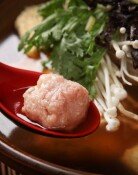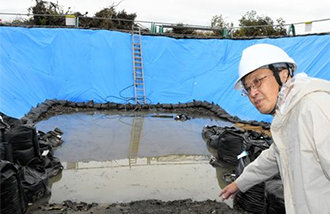KT&Gs Amazing Marketing Strategies
The merchants of death.
This is what multinational tobacco companies such as Philip Morris and BAT are called in criticism. As domestic demands for cigarettes fell, these companies rushed to increase their exports through aggressive marketing.
However, it has now become difficult for Korea to criticize these companies with the others. This years tobacco export of KT&G (former Korea Tobacco & Ginseng Co.), which was privatized last December, comes close to 250 billion won. This means 10 percent of its sales are earned through exports.
KT&Gs major customer is the Middle East and Central Asia. This district accounts for 88.4 percent of the total export volume. Korean cigarettes take up 22.0 percent of the Iranian market. They have strong negative sentiments for U.S. products, and Korean products have taken over the mid-to-low price market, helping our exports soar, explains Park Myoung-duk, director of KT&Gs Overseas Business Headquarters.
The company has posted 1.258 trillion won in sales for the first half of this year, a number that has increased 16.5 percent from last year. Operating profit (30.3 percent) and net profit (41.2 percent) have also increased greatly. Despite the fact that domestic tobacco sales increased only 0.6 percent compared to last year, sales and profits have shown huge jumps because there was a great increase in the market for high-class products priced over 1,800 won.
The change in KT&G was brought about early last year as it drew in ten marketing specialists from external companies including Cheil Communications and CJ, establishing a Brand Department and greatly strengthening its marketing potential.
In the past, the production sector was in charge of developing new products. Cigarettes were classified according to their thickness and raw materials at factories. Customer tastes or brand images were not taken into account.
We also created new brands to work around customer resistance when tobacco prices went up. That is why brands that are familiar to the public are now low price products. We choose the brand or cigarette design through in-house public contests. (Lee Sang-ki, chief of product planning in the Brand Department)
However, new products released last year are a product of careful market surveys and brand portfolio strategies. Various products were produced for various customers after many factors such as tobacco tastes, price, age, and gender were taken into account. The products name and design were decided by outside experts for fees ranging from ten to 100 million won. The One, Raison, Seasons, Cloud 9, Esse are some of the products that underwent these elaborate processes. Because they show high customer satisfaction, these new products have similar prices to imported cigarettes. KT&G is also planning to develop another new high-class cigarette with a strong taste.
As a result, the market share of imported cigarettes which was 23.2 percent in the first quarter (Jan-Mar) of this year dropped to 22.7 percent in the second (Apr-Jun). Rarely can you see a country with an open tobacco market, able to maintain nearly 80 percent of its markets through domestic products, like Korea. The only other countries are the U.S. and Great Britain.
Even Japan, which has a world-famous tobacco company, JT, has a 30.5 percent market share of imported cigarettes. The numbers for Taiwan (50.4 percent), France (69.3 percent) and Italy (70.1 percent) are even higher.
KT&G are mapping out marketing strategies in preparation for the opening of the Chinese tobacco market, which will open its doors full-scale at the end of 2005. The aim is to take up 10 percent of the Chinese market, which is 16 times larger than the domestic market.
Kim Chang-ryul, head of the Brand Department, whose dream is to produce global brands like Marlboro or Dunhill, says that KT&G is currently cooking up strategies to make Esse into a global brand.
Protecting the tobacco market by keeping imported cigarettes out is no longer an appropriate strategy for our time. That is just a policy of brute strength. If you make high quality tobaccos, all the rest will take care of itself, says Kim.
eye@donga.com







